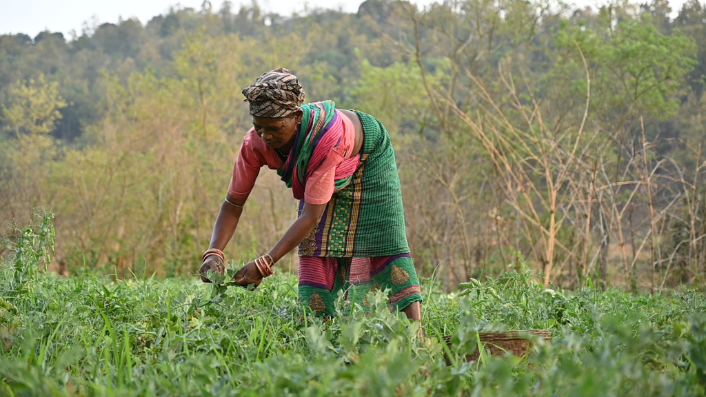Free Courses Sale ends Soon, Get It Now


Free Courses Sale ends Soon, Get It Now



Disclaimer: Copyright infringement not intended.
Context
Rice Fallow Initiative
Utilizing Residual Moisture:
Addressing Agricultural Challenges:
Scope in Odisha:
Challenges in Rabi Season:
Potential of Rice Fallow Land:
Promoting Rice Fallow Management:
Implementation and Success:
Objectives of the Scheme:
Support Mechanisms:
Addressing Soil Acidity:
National Impact:
|
PRACTICE QUESTION Evaluate the impact of Odisha's Rice Fallow Initiative on enhancing climate-resilient agriculture. Discuss its objectives, implementation strategies, and outcomes, with a focus on addressing agricultural challenges during the Rabi season. Assess the potential national implications of such initiatives for sustainable crop management practices in India. |
© 2024 iasgyan. All right reserved